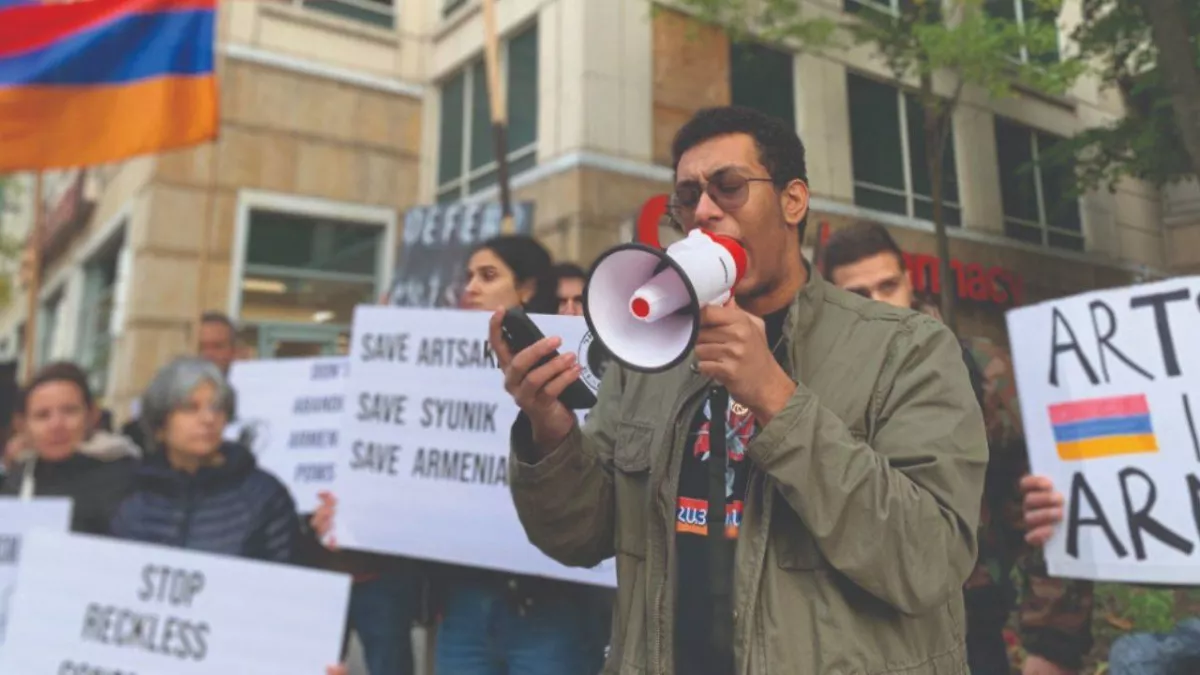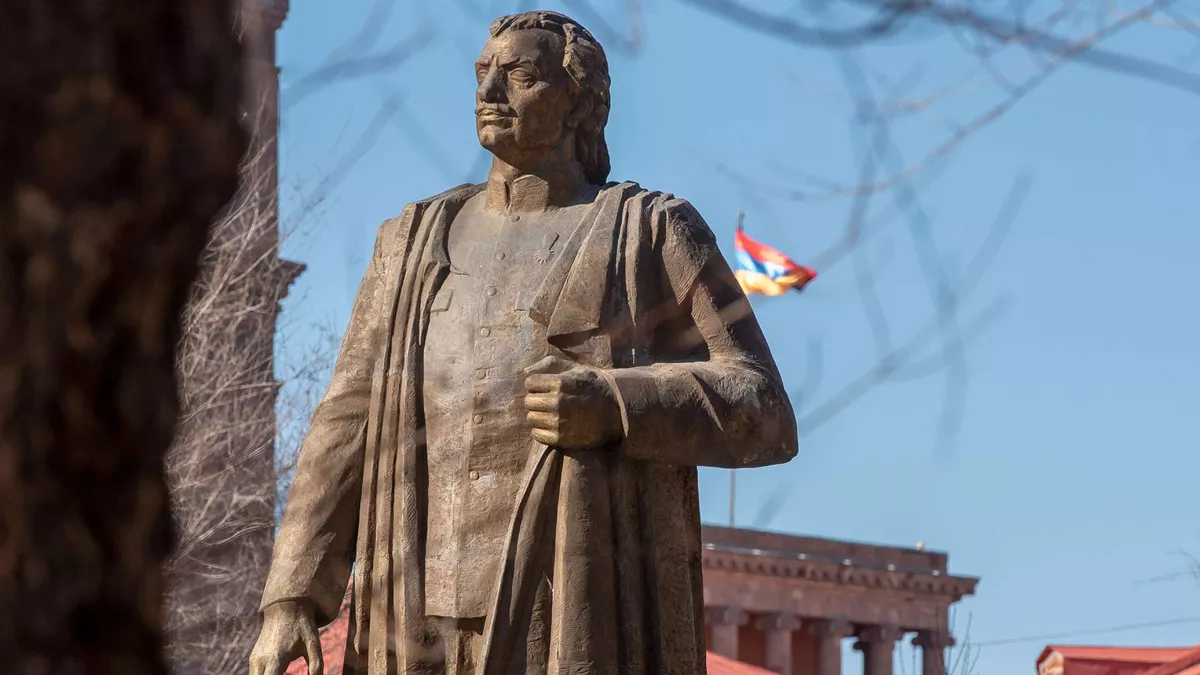Unseen threats of Armenian terrorism Bomb-maker’s case
Aram Brunson, an Armenian-American, has been charged by federal prosecutors after recording videos instructing viewers on how to make bombs and discussing methods for creating, financing, and arming a revolutionary group.
"The videos show Brunson in front of a whiteboard lecturing as if he is an expert in these topics, and plainly seeking to assist Armenian speakers in the formation and operation of an armed militant terrorist organization...Brunson allegedly detailed potential assassination targets in his videos, including an Azerbaijani military official and several political figures in Azerbaijan...Brunson made internet searches for locations of Turkish and Azerbaijani diplomatic facilities around the world, including in Washington, D.C., and in Boston, which is near his hometown of Newton, Massachusetts." These are plain facts confirmed by federal prosecutors.
The truth is that when Aram Brunson was leaving the United States from Boston's Logan International Airport, he was stopped by Transportation Security Administration (TSA) officers because traces of explosives were found in his bag. However, Aram managed to deceive federal authorities by claiming that he had no idea why his bag triggered the alarm. Following this, he was allowed to leave the country for Armenia, where he is believed to still reside.

Wait a second! Traces of explosives are found in a man's bag, and instead of being properly detained and questioned, he is allowed to leave the country without any trouble. Incredible. Our editorial team accepts this explanation because, apparently, this is how things always work. Who cares about traces of explosives in a bag, right?
I won't even ask why he wasn't detained or why the US isn’t demanding his extradition from Armenia. In other cases, the US doesn’t usually handle things this way. Just yesterday, for example, the U.S. seized a plane belonging to Venezuelan President Nicolás Maduro, claiming it to have been acquired in circumvention of sanctions, and sent it to Florida.
But in this case, it's different: "It's just Aram with a bag of explosives, so let him stay in Armenia." Soviet writers used to say there are no coincidences in the NKVD (People's Commissariat for Internal Affairs), and this is one of those rare times when I completely agree with them.
Armenian terrorism has a long history. And the protection of Armenian terrorists by superpowers has been going on for a bit longer. This is how it works: first, superpowers identify individuals or groups willing to take risks, promise them full support, train them away from the public eye, provide them with weapons and instructions, and use them to destabilize certain states. It’s just one of their tools, sometimes merely expendable material, because superpowers know how to cover their tracks.
The case of Aram Brunson certainly has its ambiguities, but the facts are stubborn: "coaching videos," traces of explosives in a bag, mention of potential targets during "training," and the search for locations of Turkish and Azerbaijani diplomatic missions worldwide, followed by Brunson’s unimpeded departure from the US to Armenia. We’ll have to wait and see how things unfold—whether there will be a request to Armenian authorities for Brunson’s extradition, as US agencies reportedly have “some questions for this remarkable individual,” or not. In any case, our diplomats might want to reach out to their colleagues at the State Department and politely inquire, "Is this counter-terrorism or what?" I’m confident that Azerbaijan will take appropriate measures, as this situation is quite concerning.

Garegin Nzhdeh's monument in Yerevan
Armenia continues to live in the past, erecting monuments to terrorists in Yerevan and clinging to an old coat of arms and constitution that include territorial claims against both Azerbaijan and Türkiye. Armenia has granted asylum to a terrorist who explicitly stated that his potential targets are Azerbaijani military and political figures. However, we have an excellent tool that proved its effectiveness last year on September 19—a targeted local anti-terrorism operation.
Let's not forget that recently, on March 15, 2024, a statue of Soghomon Tehlirian was unveiled in Marseille, France. For those who may not know, Tehlirian was a terrorist and assassin who, exactly 103 years ago, in Berlin on Gardenberg Street, shot and killed prominent Young Turk leader, former Ottoman Minister of the Interior, and Grand Vizier Mehmet Talat Pasha in broad daylight. Tehlirian's actions marked the beginning of a series of assassinations of Turkish officials, essentially a string of terrorist acts against Turks and Azerbaijanis, known in Armenia and other countries with strong Armenian lobbies as "Operation Nemesis."
We remember the murder of Khoysky, and Khasmammadov, and the death of Hasan-bey Aghayev, and Said Halim Pasha, and the murder of Behbud Khan Javanshir, and Jemal Azmi, and many, many others. No one is going to forget the terrorist Zatikyan, who committed a terrorist attack in the Moscow metro, the explosions in the Baku metro, the explosion at the French Orly airport, the terrorist attacks against Turkish diplomats, we all remember and will never forget this. But best of all, we remember that there is a means against all these Azgaldyans, Zatikyans and Bransons, which I have already mentioned above. A local anti-terrorist operation.








